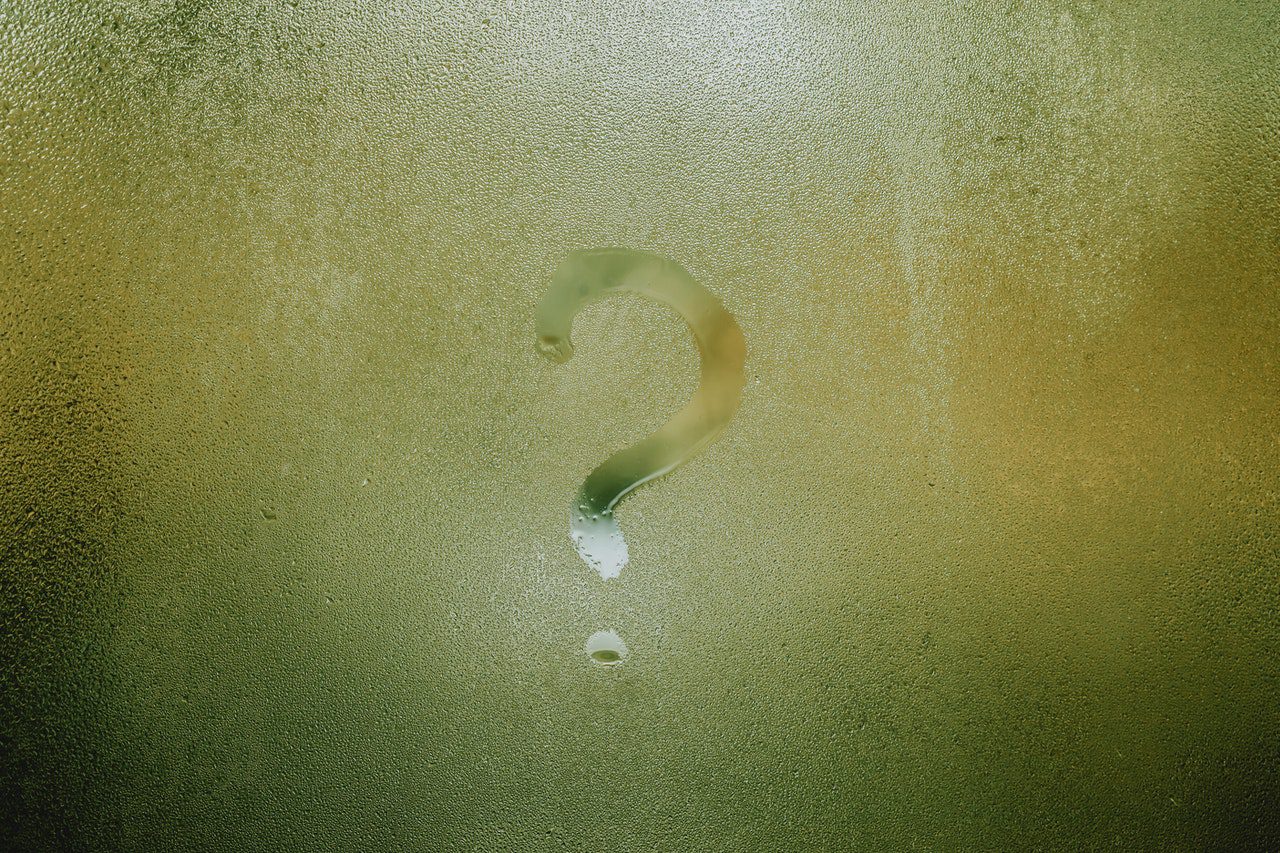What’s the best Vacuum glass for my Windows?
Vacuum glazing has been commercially available in the market for over 20 years, but it is only recently that it is becoming more mainstream. There are now three main vacuum glazing types available on the market and each offers slightly different benefits and drawbacks.
LandVac by LandGlass.
LandVac is a new generation Tempered Vacuum Insulated Glass developed and patented by LandGlass. It is manufactured in China and available in the UK through a few key distributors. LandGlass has developed an exclusive low temperature sealing technology, which allows the product to deliver outstanding features in thermal and sound insulation while also retaining the strength and safety of the glass at a high level.
Spacia® STII by Pilkington/NSG.
The World’s first commercially available vacuum glazing, this product came out of research in Australia and was then patented in Japan and produced via Nippon Sheet Glass (NSG) in the 1980s. This is the first generation of vacuum glazing and while it has proven longevity, it has been surpassed in performance in recent years.
FINEO 8 by AGC.
FINEO is new to the market released in 2019. It is manufactured by AGC in Belgium. It is targeted specifically towards replacement into existing frames and has patented technology which removes the requirement for a plug on the face of the unit, which is the main advantage over the other vacuum units.
Note: While there are plans to deliver a 6.7mm FINEO 6 unit, currently the 7.7mm unit is the only one commercially available, so we have based the comparison on that unit. FINEO 6 will offer the same U-value and acoustic values when available.
Which Vacuum glass has the best performance?
LandVac 8.2mm Vacuum Glazing is a clear winner. It offers U-values and Acoustic values far exceeding Pilkington Spacia and AGC FINEO. In fact, a piece of LandVac 8.2mm glass delivers U-values in excess of a solid brick wall and is efficient enough to be used in Passiv-Haus projects.
Which Vacuum glass has the best appearance?
AGC FINEO has no visible plugs on the face; however, it isn’t that simple. FINEO also has a thicker cavity, which can give a slight double reflection. LandVac has the fewest micro-spacers per square metre of glass, FINEO and Spacia® both have more than 10 times as many! FINEO and LandVac both have visible getters, while Spacia® does not. LandVac has no markings on the face of the glass, while Spacia® has a CE marking number and FINEO features a QR code for traceability. On balance, the plugs are the most obvious aesthetic problem, so I would lean towards FINEO as the most aesthetically pleasing product. However, by utilising shuffle glazing in new window manufacture, the plug on LandVac can be concealed in the rebate and in this scenario, LandVac has the best appearance of any Vacuum glass.
Which Vacuum glass has the longest warranties?
There isn’t much to choose on this side. Both LandVac and FINEO offer 15-year warranties and both companies give expected longevity of over 25 years. Vacuum technology is an established technology and the failure rate is absolutely tiny compared to regular glazing units (and particularly to slim double glazing units which they are often in competition with). LandVac has been on the market longer, so there might be a slightly lower risk to that product, but I do not think it’s significant.
Whenever you consider warranties, it is important to put them in the context of the length of time the product has been on the market and the strength of the company offering the warranty. We see countless examples in our industry (particularly with slim double-glazing manufacture) of newly formed companies offering the world and then disappearing at the first sign of trouble. However, this applies more to the intermediary in this situation than the actual glass manufacturers – as all three products are sold via distributorships and if any link in that chain breaks, the result is the same. Be aware of how long the chain is and how strong each part of that chain is.
Which Vacuum glass is the most sustainable?
Sustainability is a balance between the performance of a product in service, the lifespan of the product, the level of ongoing maintenance, the initial manufacture of the product and then the end of life disposal of the product. The first thing to note is that Vacuum glazing is far and away the most sustainable glazing type on the market. Conventional Double or Triple glazed units require Noble gases in the cavity and the creation of these gases is hugely energy intensive. The ongoing performance is lower and as the gases escape through the semi-porous seal, the units become progressively less effective. The lifespan and performance of Vacuum glazing also far exceeds the standard industry expectation for units.
When comparing our three Vacuum glazing options, there are a couple of key differences to be considered. Firstly, the performance of the units in service – LandVac clearly retains more energy within the building through having the lowest U-value by some distance, followed by FINEO, then Spacia®. Secondly, the light transmittance of the units in service (this is the percentage of natural light that can pass through the unit and warm the inside of the building) – FINEO has a marginally better transmittance than LandVac and Spacia®. Third, manufacture and shipping – it is very difficult to judge the manufacturing efficiencies of the three products, but clearly FINEO is produced closer and requires less shipping. However, it is worth noting that once a product is loaded onto a ship, the energy required to move it across the water is almost zero, so this is a very minor factor. Fourth, end of life disposal – both LandVac and FINEO are fully recyclable and would take the same amount of energy to recycle.
In conclusion, the most sustainable product is likely to be LandVac. It may require marginally greater energy to ship from China, but the superior performance and the long service life would mean a quick recovery of that outlay and LandVac is the most sustainable vacuum glass.
So, in summary, what’s the best Vacuum glass on the market?
Clearly from the analysis above, the best vacuum glass is LandVac. With an exceptional balance of performance, warranty, sustainability, and aesthetics, it delivers across the board. FINEO is a good option for replacement glazing into existing sashes where the plug can’t be concealed and where other performance factors are less important.
I have included a table below to compare all the factors considered in this analysis.
| LandGlass LandVac | Pilkington Spacia STII | AGC FINEO 8 | |
| Price | ££ | ££ | £££ |
| Warranty | 15 years | 10 years | 15 years |
| Estimated Lifespan | 25 years + | 25 years + | 25 years + |
| Years in market | 5 | 20 | 1 |
| Total glazing thickness | 8.3mm | 6.2mm | 7.7mm |
| Unit Make Up | 4mm-0.3mm-4mm | 3mm-0.2mm-3mm | 4mm-0.7mm-3mm |
| Cavity thickness | 0.3mm | 0.2mm | 0.7mm |
| Double reflection | None | None | Slight |
| Safety glass possible? | Standard | Film required | Film required |
| Safety glass as standard | Yes | No | No |
| U-value | 0.44-0.48 | 1.10 | 0.70 |
| Visible Light Transmittance | 78% | 78% | 79% |
| Sound Reduction Index (Rw) | 39dB | 35dB | 35dB |
| Plugs | Yes | Yes | No |
| Getters | Yes, circle in corner | No | Yes, along unit edge |
| Other Markings | Unmarked | CE Number Marked | QR Code on Glass |
| Microspacers | At 70mm centres | At 20mm centres | At 20mm centres |
| Microspacers/m2 | 267 | 2,776 | 2,774 |
| Lead time | 10 weeks | 16 weeks | 8-10 weeks |
| Manufacture Location | China | Japan | Belgium |
| Lead-free | Yes | No | Yes |
| Fully Recyclable | Yes | No | Yes |
If you are interested in using vacuum glazing for your window and door project, then please get in touch. We have been working with vacuum glazing since 2014 and have good experience of the advantages and potential pitfalls of it’s use.
All information included in this analysis was collected from freely available resources published by the manufacturers or their agents, or from direct comparisons of physical samples. It is a snapshot in time and may not reflect product changes that were introduced subsequent to publication. We also can’t be held responsible for any inaccuracies in the data, as it is republished in most cases.

